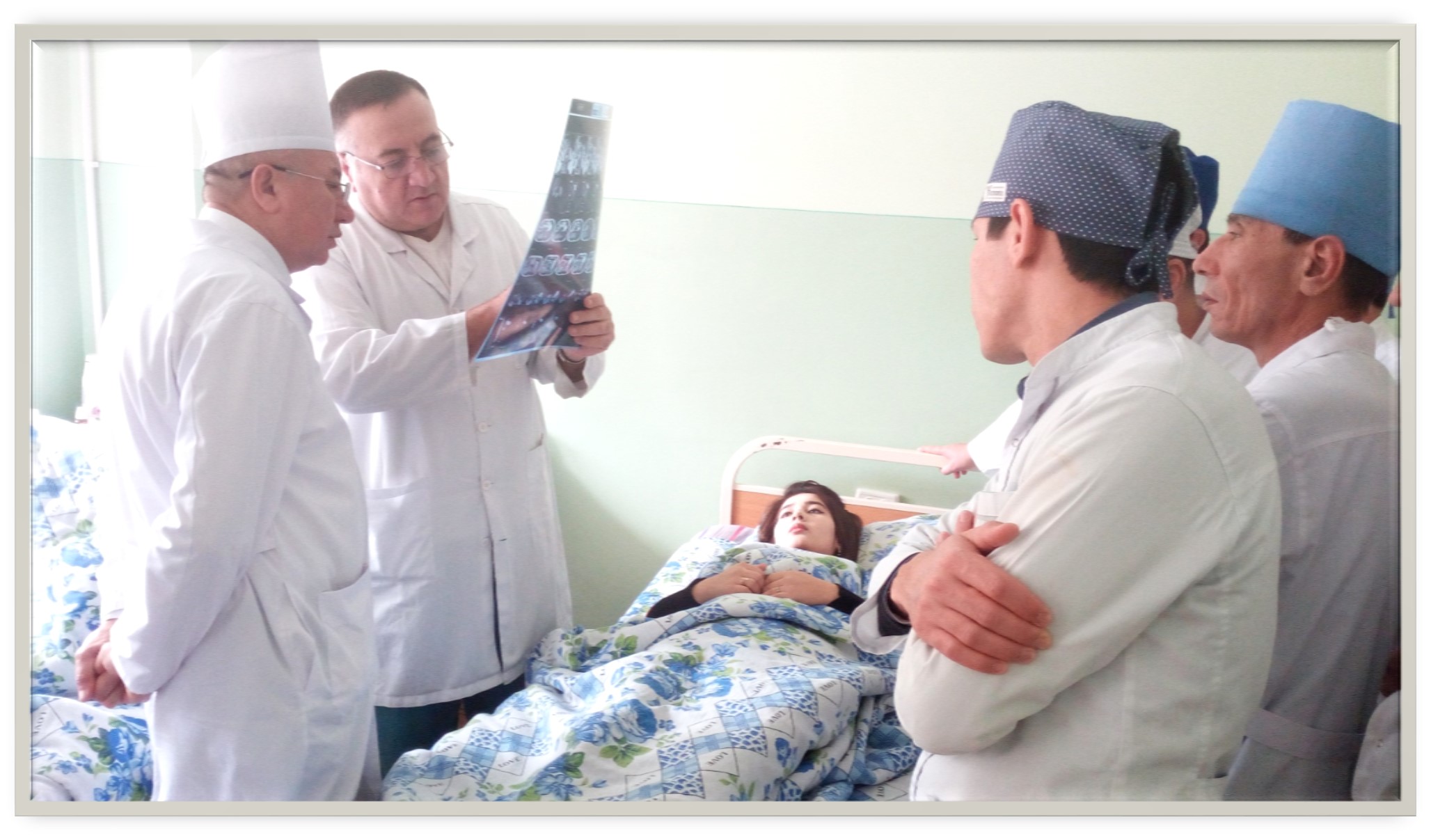
Stab wounds can cause various internal and external injuries. They are generally caused by low-velocity weapons, meaning the injuries inflicted on a person are typically confined to the path it took internally, instead of causing damage to surrounding tissue, which is common of gunshot wounds. The abdomen is the most commonly injured area from a stab wound. Interventions that may be needed depending on severity of the injury include airway, intravenous access, and control ofhe morrhage. The length and size of the knife blade, as well as the trajectory it followed, may be important in planning management as it can be a predictor of what structures were damaged. There are also special considerations to take into effect as given the nature of injuries, there is a higher likelihood that persons with these injuries might be under the influence of illicit substances which can make it harder to obtain a complete medical history. Special precautions should also be taken to prevent further injury from a perpetrator to the victim in a hospital setting. Similarly to treating shock, it is important to keep the systolic pressure above 90mmHg, maintain the person’s core body temperature, and for prompt transport to a trauma center in severe cases.

Surgical intervention may be required but it depends on what organ systems are affected by the wound and the extent of the damage. It is important for care providers to thoroughly check the wound site inasmuch as a laceration of an artery often results in delayed complications sometimes leading to death. In cases where there is no suspicion of bleeding or infection, there is no known benefit of surgery to correct any present injuries. Typically a surgeon will track the path of the weapon to determine the anatomical structures that were damaged and repair any damage they deem necessary. Surgical packing of the wounds is generally not the favored technique to control bleeding as it can less useful then fixing the directly effected organs. In severe cases when homeostasis cannot be maintained the use of damage control surgery may be utilized.



